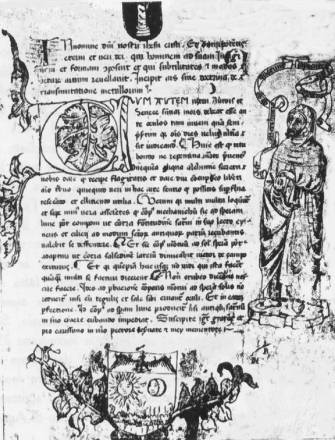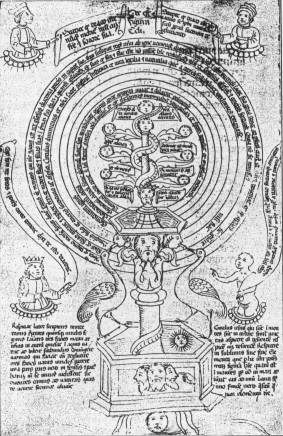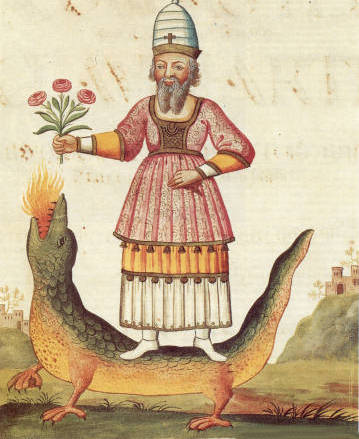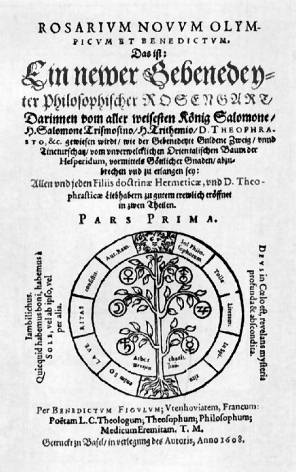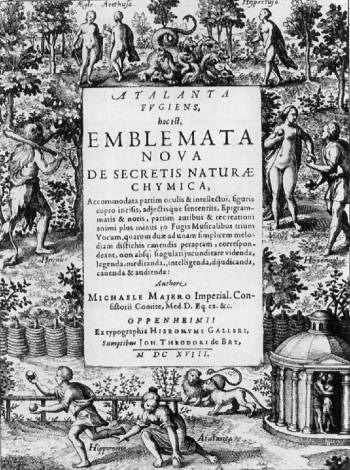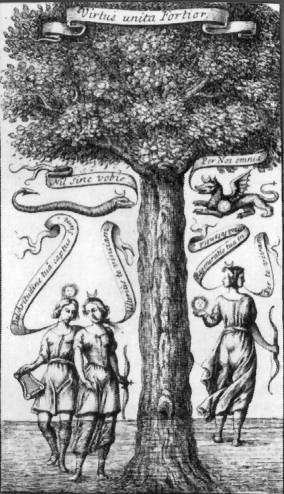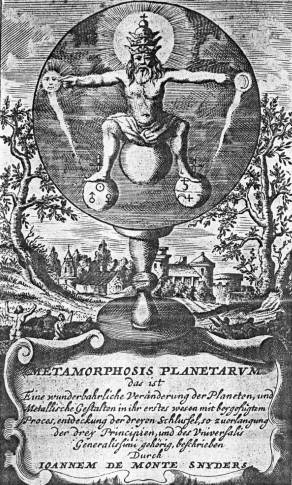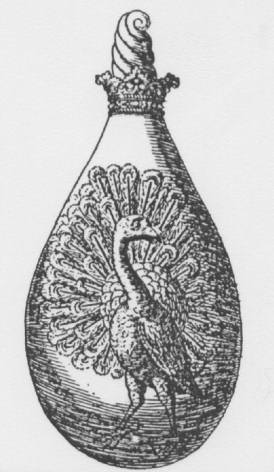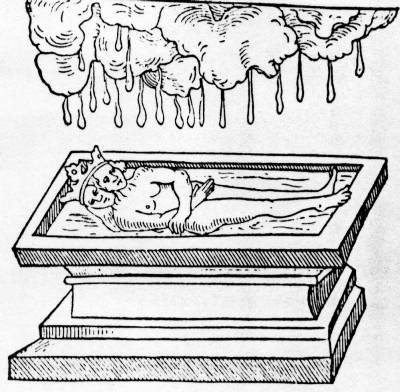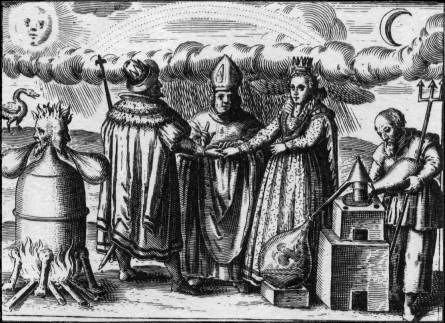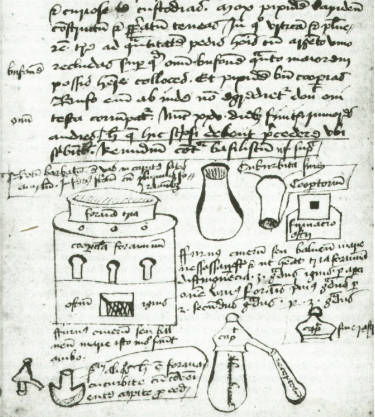
Line drawings of apparatus
Here the little drawings in the text illustrate apparatus necessary for the work. There are many examples of this use of imagery in alchemical manuscripts.
15th century manuscript of alchemical recipes
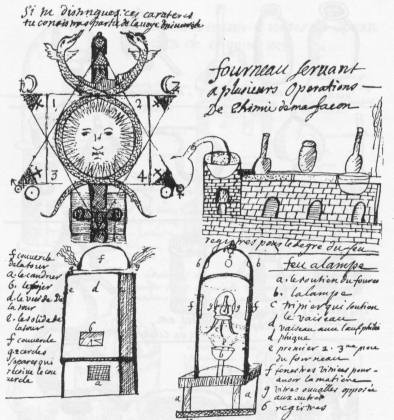
Line drawings of apparatus and symbolic figures
Similar to the previous manuscript except that this work contains an emblematic figure of the hexagram associated with the planets with the caduceus like image of the intertwined snakes and the sun at the centre.
15th century manuscript
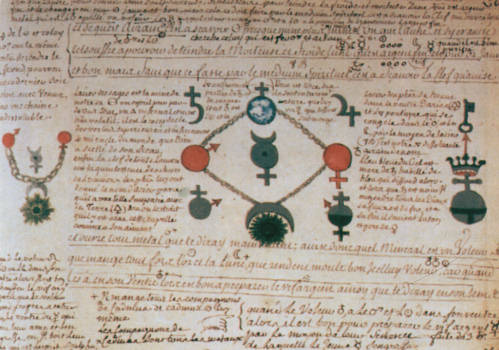
Symbolic figures in the text of a manuscript
In the manuscript of Denis Molinier which contains the famous Flamel images, this section has many little symbolic figures set in the text.
18th Century French manuscript

